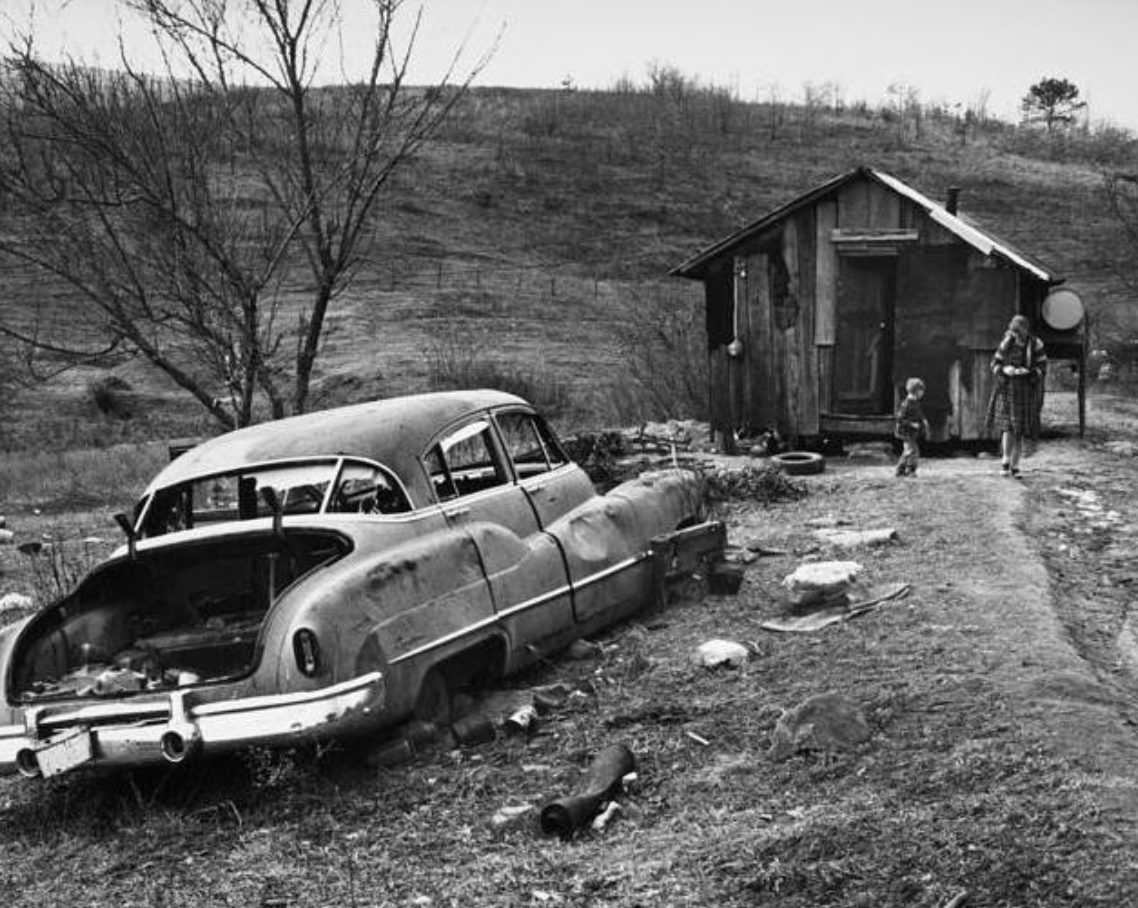Despite pushback from the House and Senate on a similar proposal released last year, the Trump administration again recommends doing away with a majority of the nation’s rural housing programs.
The Trump administration’s budget and infrastructure proposals fail to meet the housing needs of low-income communities and will decrease the chances of rural economic recovery, a national rural housing nonprofit says.
“Getting rural America back to the country’s economic mainstream means addressing affordable housing,” said David Lipsetz, executive director of the Housing Assistance Council (HAC), based in Washington, D.C. “And neither the infrastructure plan nor the administration’s budget recognize such.”
The cuts were also part of an earlier version of the White House budget proposal that the administration released in 2017.
“Thankfully, we’ve been talking to Republican and Democrat friends on Capitol Hill who agreed with HAC when the administration put out a similar budget for 2018,” Lipsetz said. “(The Department of Agriculture’s) Rural Development programs and long-established [Housing and Urban Development] programs that work for rural America are worth saving,”
Lipsetz said the president’s proposal “neglects rural housing and narrows its small-town strategy to broadband, a little water and sewer, and ports.” He said eliminating the housing programs will exacerbate other problems facing rural America.
“This is worse than a missed opportunity,” he said. “The proposed cuts to HUD and USDA would further stretch already razor-thin margins in communities struggling with opioids, persistent poverty, and a lack of investment.”
| USDA Rural Dev. Prog. (dollars in millions) |
FY16 Approp. | FY17 Approp. | FY18 House Bill (H.R. 3268) *a | FY18 Senate Bill (S. 1603) *a | FY19 Admin Budget Proposal |
| 502 Single Fam. Direct Self-Help setaside |
$900 5 |
$1,000; 0 |
$900 0 |
$1,000 5 |
0 0 |
| 502 Single Family Guar. | 24,000 | 24,000 | 24,000 | 24,000 | 24,000 |
| 504 VLI Repair Loans | 26.3 | 26.3 | 24 | 26.3 | 0 |
| 504 VLI Repair Grants | 28.7 | 28.7 | *c | 28.7 | 0 |
| 515 Rental Hsg. Direct Lns. | 28.4 | 35 | 28.4 | 35 | 0 |
| 514 Farm Labor Hsg. Lns. | 23.9 | 23.9 | 15 | 23.8 | 0 |
| 516 Farm Labor Hsg. Grts. | 8.3 | 8.3 | 6 | 8.3 | 0 |
| 521 Rental Assistance | 1,390 | 1,405 *b | 1,345 | 1,345 | 1,331.4 *b |
| 523 Self-Help TA | 27.5 | 30 | 25 | 30 | 0 |
| 533 Hsg. Prsrv. Grants | 3.5 | 5 | *a | 5 | 0 |
| 538 Rental Hsg. Guar. | 150 | 230 | 230 | 230 | 250 |
| Rental Prsrv. Demo. (MPR) | 22 | 22 | 15 | 22 | 0 |
| 542 Rural Hsg. Vouchers | 15 | 19.4 | 20 | 19.4 | 20 |
| Rural Cmnty. Dev’t Init. | 4 | 4 | 0 | 4 | 0 |
(Table: Housing Assistance Council)
*a. FY18 appropriation is not yet final.
*b.Includes $40 million in advance funding for FY18, so total available in FY17 was $1.365 billion and total available in FY18 would be $1.385 billion. The FY19 budget assumes that this “forward funding” continues, so more than $1.331 billion would be available in FY19.
*c. Section 504 loans and other non-housing loans would have been rolled into a new Rural Economic Infrastructure Grant program.
Attracting private capital to persistently poor rural places usually requires public investment up front, Lipsetz said. Small towns in underserved rural markets don’t have the volume, pricing or connections to attract private finance to their projects, he said.
The organization’s analysis of the Trump budget proposal says that “guarantees for bank loans would remain at current levels and basic rent aid for tenants would continue, but other rural housing assistance would be wiped out.”
The analysis continues:
This budget is much the same as last year’s proposal for rural housing. Last year the Section 504 grant program – which offers small grants to elderly homeowners with very low incomes to repair health and safety hazards in their homes – would have been rolled into a new pool of money called the Rural Economic Infrastructure Grant program. This year’s budget does not include that infrastructure grant proposal, and would simply eliminate Section 504 grants.
Lipsetz said that establishing “rural prosperity” — the goal of a White House task force headed by USDA Secretary Sonny Perdue — cannot happen without good, affordable homes. He said that HAC has heard this “from rural Alabama farmers needing decent and safe places for a migrant workforce, to Utah ski-resort owners needing affordable places for service industry staff. We’ve heard it from under-employed families wanting to stay in their home town, to doctors being recruited to regions that desperately need health care providers.”
HAC, founded in 1971, helps local organizations build affordable homes in rural America. Its programs include support of both single- and multi-family homes, and homeownership for working low-income rural families through self-help, “sweat equity” construction practices.
This article was originally published in The Daily Yonder.



